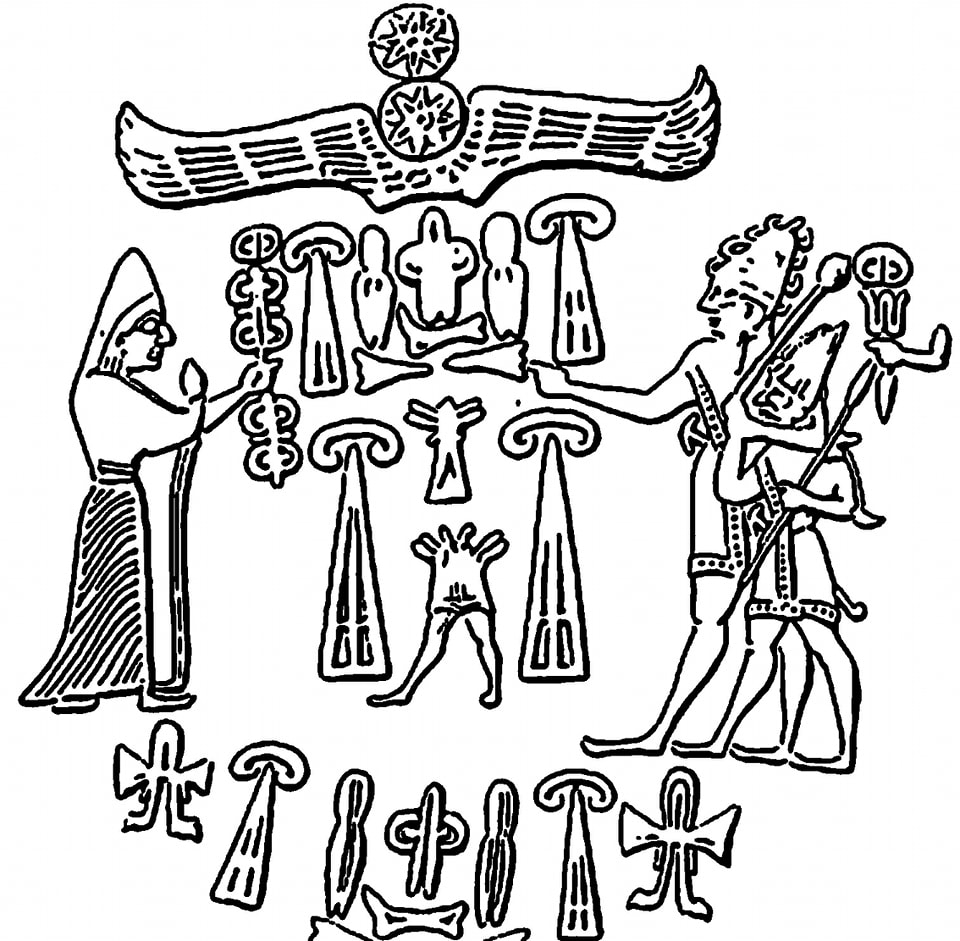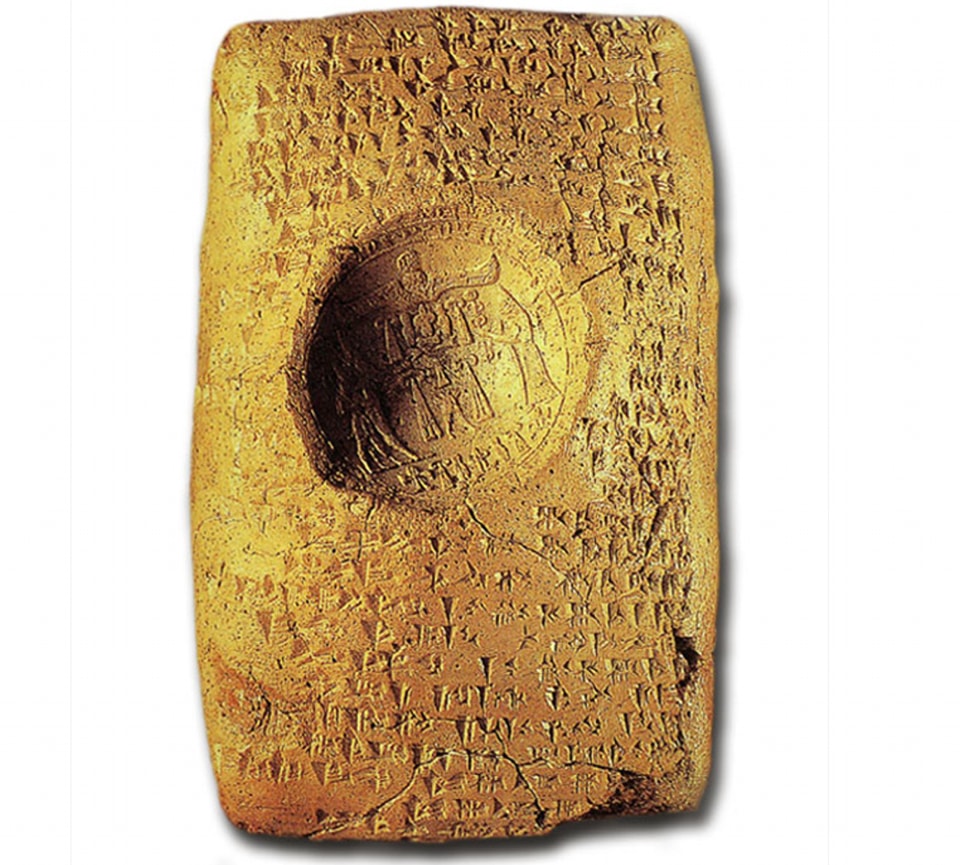
Royal Divorce Decree from the Hittite King to Ugarit: 3300-Year-Old Scandalous Love and Political Intrigue
A royal scandal lost in the dusty pages of history comes to light after 3300 years. The divorce decree sent by Hittite King Tudhaliya IV to Ugarit King Ammistamru II is not just a declaration of separation, but also reveals the political intrigues, personal dramas, and legal regulations of the period.
Secrets Hidden in the Cuneiform Tablet
The decree in question is found on a tablet written in cuneiform. The tablet announces that Hittite King Tudhaliya has terminated the marriage of Ugarit King Ammistamru to the daughter of Amurru King Henteshina. The decree addresses the reasons for the divorce, the return of the dowry, and issues such as the royal succession in Ugarit in detail.

Full Translation of the Tablet
📣 Our WhatsApp channel is now LIVE! Stay up-to-date with the latest news and updates, just click here to follow us on WhatsApp and never miss a thing!!
“From my Sun Tudhaliya, the great king, the king of Hatti. Ammistamru, the king of Ugarit, married the daughter of Benteshina, the king of Amurru. However, she did nothing but mischief in my eyes. Ammistamru, the king of Ugarit, must take everything that Benteshina’s daughter brought to Ammistamru’s house and leave his house. Anything Ammistamru has lost or sold can be claimed by the people of Amurru, and Ammistamru must compensate them. Regarding Utrisharruma, he is the crown prince of Ugarit. If Utrisharruma says, ‘I want to join my mother,’ he must leave the royal robe on a stool and leave, and Ammistamru, the king of Ugarit, will choose another son as crown prince. If Utrisharruma takes his mother back and reinstates her as queen (mother) after Ammistamru’s death, Utrisharruma must leave the royal robe on a stool and go wherever he wants, and then my Sun will appoint another son of Ammistamru as king. From now on, Benteshina’s daughter can have no claim on her sons or daughters or sons-in-law.”
Ammistamru’s Unhappy Marriage and Tudhaliya’s Intervention
The decree states that Ammistamru’s wife “did nothing but mischief.” This expression reveals how troubled the marriage was. Hittite King Tudhaliya’s intervention in this situation shows how intertwined the political relations between the two kingdoms were.
Dowry, Compensation, and Succession
The decree also addresses financial issues such as the return of the dowry and compensation for possible losses after the divorce. It also addresses the issue of succession in Ugarit. If the crown prince Utrisharruma wants to join his mother, he must renounce his right to the throne. This situation shows how complex the political and legal regulations of the period were.
The cuneiform tablet, which provides important information about the political relations between the Hittite and Ugarit kingdoms, the internal workings of the royal families, and the legal regulations of the period, is exhibited in the Damascus National Museum.
You may also like
- A 1700-year-old statue of Pan unearthed during the excavations at Polyeuktos in İstanbul
- The granary was found in the ancient city of Sebaste, founded by the first Roman emperor Augustus
- Donalar Kale Kapı Rock Tomb or Donalar Rock Tomb
- Theater emerges as works continue in ancient city of Perinthos
- Urartian King Argishti’s bronze shield revealed the name of an unknown country
- The religious center of Lycia, the ancient city of Letoon
- Who were the Luwians?
- A new study brings a fresh perspective on the Anatolian origin of the Indo-European languages
- Perhaps the oldest thermal treatment center in the world, which has been in continuous use for 2000 years -Basilica Therma Roman Bath or King’s Daughter-
- The largest synagogue of the ancient world, located in the ancient city of Sardis, is being restored











Leave a Reply